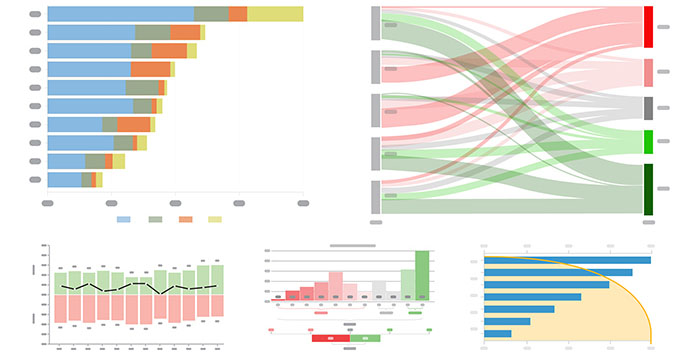Sometimes it’s better to be on the way down instead of up.
For instance, according to The Washington Post, federal survey data now indicates that “youth e-cigarette use has declined nearly 70 percent since its peak in 2019…”
I think most health experts would agree: this is a good thing. Young e-cig and vape users were targeted by sophisticated marketing, advertising, and promotions with the aim of introducing them to nicotine, an addictive drug. Preferably with the potential to become lifetime customers.
It does appear that heavy counter-marketing campaigns, mostly from public health agencies, have made some difference. From the article: “About 1.21 million high school students surveyed this year said they had used an e-cigarette in the past 30 days, compared with 1.56 million in 2023.”
That 350,000-kid decline in just one year is significant. It’s never easy to measure the effectiveness of a prevention campaign– after all, you’re trying to prove that something isn’t happening due to your efforts — but it’s clear that progress has been made in slowing the tide of nicotine use.
Of course , we shouldn’t ignore the surge in sales of Zyn and other nicotine pouches. Still, that increase appears to have been among older users, not the vulnerable adolescent population.
In other news, The Guardian offers us some findings, related to cannabis:
Cannabis use falls among US teenagers but rises among everyone else– study
The researcher admits surprise that growth in cannabis use among underage youth (12 to 17) appears to have remained flat.
Cannabis use among adults, however, is still growing.
Well, why wouldn’t it? Given the drug’s wide availability, and heavy promotion from the cannabis industry. I’d have been startled to learn otherwise.
It’s a mixed result. I think everyone except cannabusiness owners recognizes the importance of limiting cannabis consumption among adolescents. If that isn’t on the rise, as the study suggests, then it has to count as good news.
On the other hand, if the trend among both young adults (18-25) and adults is towards more frequent use, especially of extra-potent cannabis products — then from a healthcare perspective, the news isn’t good at all.
We shouldn’t overlook our senior citizens, another vulnerable population. Many older folks turn to cannabis to self-medicate the pain and sleep problems that can plague old age. As they become dependent on the drug, however, we could see the emergence of new and more serious health-related issues, related to their cannabis use.













